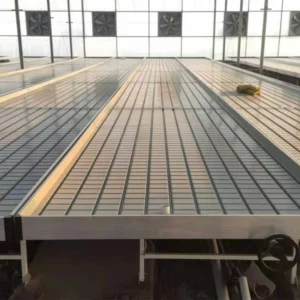Planters equipped with variable rate technology optimize seed placement by adjusting the seeding rate based on specific factors within a field.
Here’s how they work:
- Field Mapping: Variable rate planters use precision agriculture technologies like GPS and sensors to create detailed field maps. These maps capture information about the variability in soil types, nutrient levels, and other relevant factors across the field.
- Data Analysis: The collected data is then analyzed to identify patterns and variations within the field. This could include differences in soil fertility, moisture levels, or other factors that can affect crop performance.
- Prescription Maps: Using the analyzed data, prescription maps are generated. These maps provide specific instructions for adjusting the seeding rate at different locations within the field. Areas with higher fertility might receive higher seed rates, while areas with lower fertility may have reduced seeding rates.
- Variable Rate Application: As the planter moves through the field, the variable rate technology automatically adjusts the seed metering system. This ensures that the appropriate number of seeds is planted in each specific area according to the prescription map.
- Real-time Monitoring: Some advanced systems offer real-time monitoring capabilities, allowing farmers to observe and adjust planting rates on the go. China Agricultural Equipment supplier This flexibility enables quick responses to unexpected variations or changes in the field conditions.
- Optimized Plant Spacing: Beyond adjusting seeding rates, variable rate planters can also optimize plant spacing. This is important for maximizing the efficient use of resources and ensuring each plant has adequate space and access to nutrients.
Benefits of planters with variable rate technology include:
- Optimized Yield: By tailoring seed placement to specific field conditions, variable rate planters can potentially enhance overall crop yield.
- Resource Efficiency: Farmers can optimize the use of seeds, fertilizers, and other inputs, reducing waste and improving cost-effectiveness.
- Uniform Crop Stand: Variable rate technology helps achieve a more uniform crop stand by ensuring that each plant receives the right amount of seeds based on local conditions.
- Environmental Sustainability: Precision planting minimizes environmental impact by reducing unnecessary input usage, which is particularly important for promoting sustainable farming practices.
Overall, planters with variable rate technology contribute to precision agriculture, allowing farmers to make data-driven decisions that optimize planting practices and improve overall crop performance.
